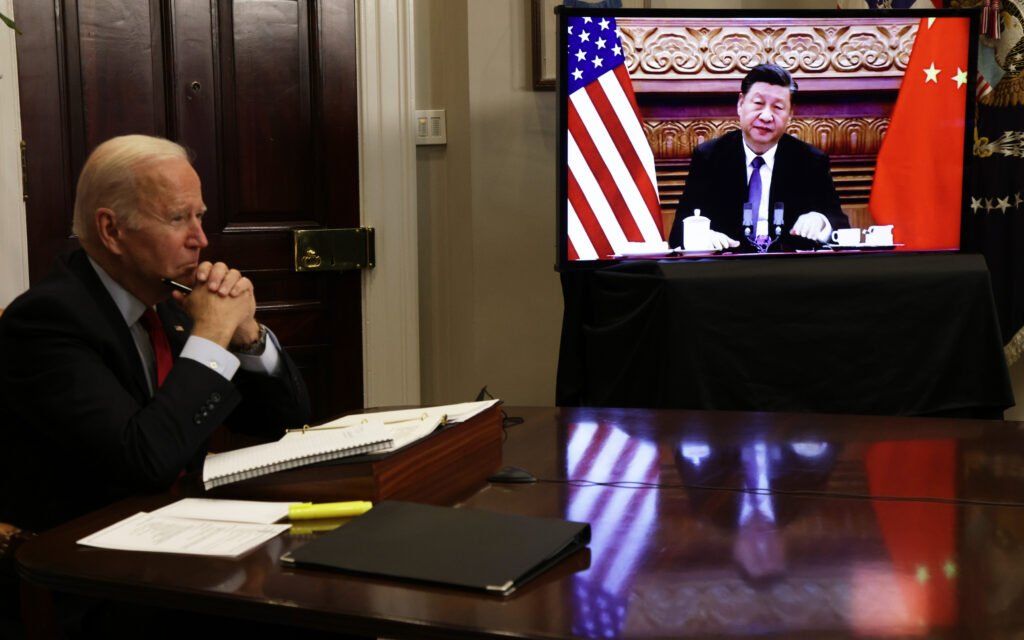
Israel’s War Against Hamas, Six Months Later
SUBSCRIBER+EXCLUSIVE ANALYSIS — No one could have imagined the horror that unfolded in the early hours of October 7, across a small stretch of southern […] More

“The Cipher Brief has become the most popular outlet for former intelligence officers; no media outlet is even a close second to The Cipher Brief in terms of the number of articles published by formers.” —Sept. 2018, Studies in Intelligence, Vol. 62
Access all of The Cipher Brief’s national security-focused expert insight by becoming a Cipher Brief Subscriber+ Member.
Related Articles

SUBSCRIBER+EXCLUSIVE ANALYSIS — No one could have imagined the horror that unfolded in the early hours of October 7, across a small stretch of southern […] More

SUBSCRIBER+ EXCLUSIVE REPORTING –As President Joe Biden and other world leaders grow increasingly frustrated with the bloody stalemate in Gaza—no release of hostages, no end […] More

SUBSCRIBER+ EXCLUSIVE ANALYSIS – From the Middle East to Russia’s war on Ukraine, cybersecurity to disinformation to the emergence of an axis of powers – […] More

SUBSCRIBER+ EXCLUSIVE REPORTING – Nearly every week, politicians and headline writers tell the world that a ceasefire in Gaza is at hand. A new deal […] More

You may fly over a land forever; you may bomb it, atomize it, and wipe it clean of life – but if you desire to […] More

SUBSCRIBER+ EXCLUSIVE INTERVIEW – It’s been a fear since Hamas’ October 7 raids and massacre in Southern Israel: The powerful Hezbollah militia in southern Lebanon […] More
Search